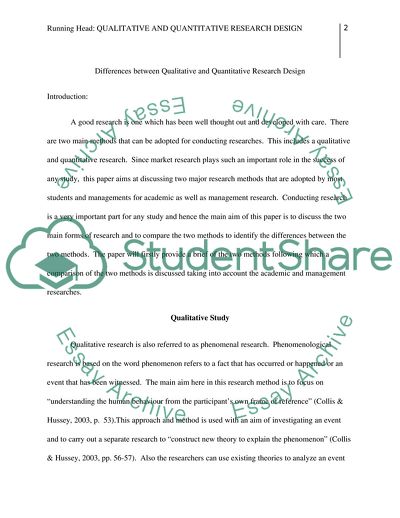Cite this document
(Differences between Qualitative and Quantitative Research Design Coursework, n.d.)
Differences between Qualitative and Quantitative Research Design Coursework. https://studentshare.org/humanitarian/1741425-the-differences-between-the-qualitative-research-design-and-the-quantitative-research-design
Differences between Qualitative and Quantitative Research Design Coursework. https://studentshare.org/humanitarian/1741425-the-differences-between-the-qualitative-research-design-and-the-quantitative-research-design
(Differences Between Qualitative and Quantitative Research Design Coursework)
Differences Between Qualitative and Quantitative Research Design Coursework. https://studentshare.org/humanitarian/1741425-the-differences-between-the-qualitative-research-design-and-the-quantitative-research-design.
Differences Between Qualitative and Quantitative Research Design Coursework. https://studentshare.org/humanitarian/1741425-the-differences-between-the-qualitative-research-design-and-the-quantitative-research-design.
“Differences Between Qualitative and Quantitative Research Design Coursework”. https://studentshare.org/humanitarian/1741425-the-differences-between-the-qualitative-research-design-and-the-quantitative-research-design.


